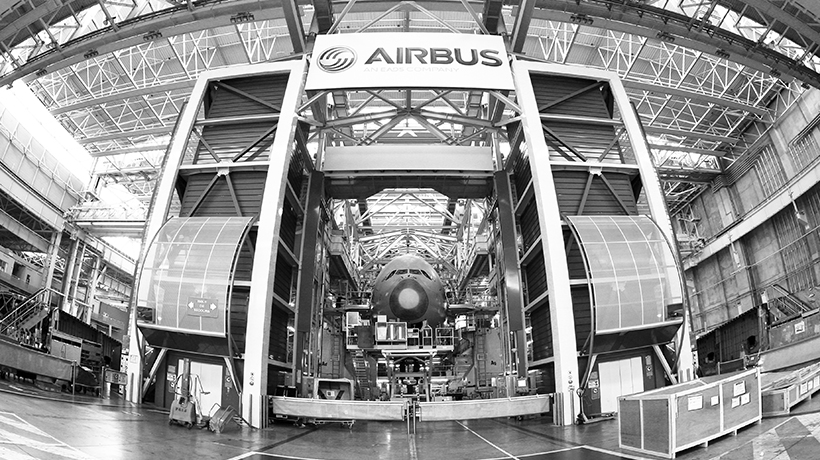The Extra Mile On Industrial Performance
The Extra Mile On Industrial Performance
RTM
- Home
- RTM
The diagram bottom left shows a part being fabricated using the LCS based on PID methodology. The green line shows the evolution over time of the temperatures in the mould during which the resin is cured. The temperature scale is shown on the right vertical axis and time is at the bottom.

The evolution over time of the temperatures measured in the inside of the plates in zone 1 are shown in yellow, those of zone 2 in pink, and those of zone 3 in blue. The scale of all three is shown on the left vertical axis. In addition, three on/off digital signals shown in yellow, pink and blue can be seen, indicating that the relays are allowing current to pass up to the resistance in zones 1,2 and 3 respectively and so showing that the zones are being heated.
Analyzing briefly the results obtained from the local control system, it can be seen that:
- Within the stage of stabilisation at 120ºC, the temperature of the mould over–oscillates notably beyond 125º.
- Within the stage of stabilisation at 180ºC, the temperature in the mould shows deviations with respect to the set point to a maximum of 186.9ºC and minimum of 174.4ºC. The root mean square of the deviation in temperatures of the mould in this stage is 5.293.
- The total time from the start of the curing cycle up to the completion of the 90 minute curing process was 317 minutes.
- Within the stage of stabilization at 120ºC using ADEX, no over-oscillations were observed and the temperature of the mould was maintained tightly bounded between 115º and 120ºC.
- Using ADEX, within the stage of stabilisation at 180ºC, the temperature of the mould is maintained bounded between 175º and 185ºC during the 90 minutes of the curing process. This performance is different from that obtained by the LCS in which there were considerable deviations of temperature from the setpoint (180º), some of them greater than the ±5ºC permitted by the quality standards.
- The root mean square of the deviation during the 90 minutes of the curing process with ADEX is 1.556. This result in a reduction of 41% with respect to the root mean square of the deviation found with the LCS.
- The total curing time from the start of the ramp up of the curing process until completing the 90 minutes of curing was 274 minutes. This implies a reduction in fabrication time of 13.5%.
Lets get started! Contact us for a quote on your next improvement project.
Request an Estimate